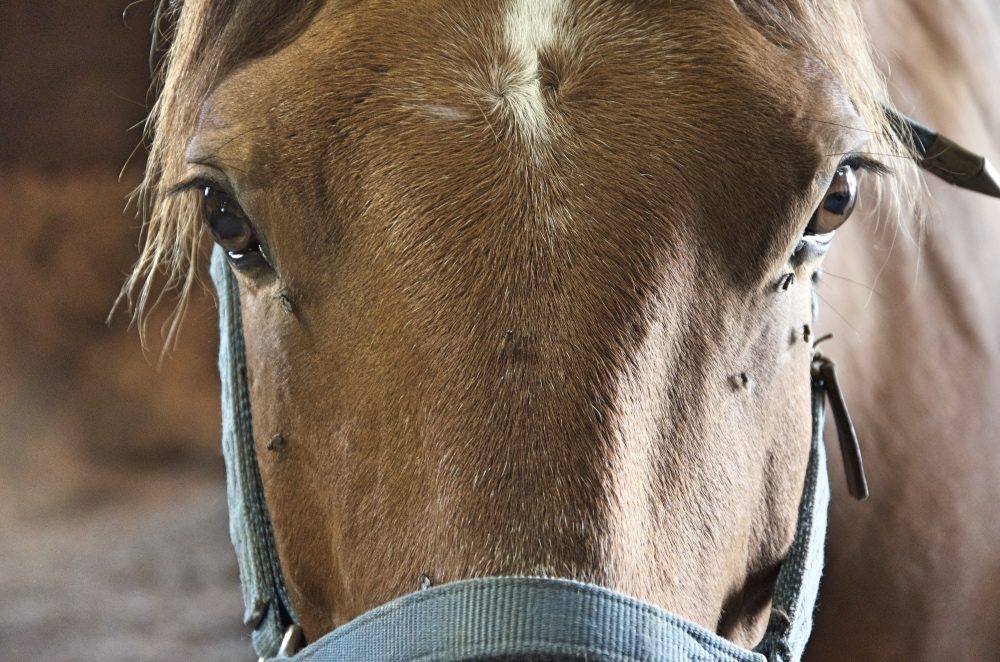Those annoying flying pests are making their presence known in much of the country. If they’re not in your neck of the woods — wait a while. It’s just a matter of time.
If flies are creating problems for you, Dr. Tim Gibb, a clinical professor of entomology at Purdue University, has some advice to keep in mind while working on a horse.
Insecticide: Your best bet to limit flying pests are pyrethrins, which are “natural insecticides produced by certain species of the chrysanthemum plant,” according to the Pesticide Information Project (PIP).
“Pyrethrins are probably the most prevalent ones that you can get,” Gibb says. “There’s been a lot of research done on them, so the scientific studies are there. You can’t go wrong with sticking to any of the pyrethrins on the market, and are registered for those uses.”
Indeed, pyrethrins can be found in more than 3,500 registered pesticide products, according to the United States Department of Environmental Protection (EPA).
While many repellents are spray-on, a wipe-on product is particularly helpful.
“You don’t want to spray anything into its eyes, nose or mouth,” he says. “You can get pretty close. It’s not going to be fatal for the horse, but it’s not good for it. If you do it more than once, the horse is going to start shying away from the spray bottle. So, wipe-ons are the best for the head, but sprays works well for the other parts of the horse.”
Work area: The ideal work area in which to shoe in is a clutter-free hard, flat surface and with shelter from the elements. It turns out that this is also the ideal setup to avoid most of the biting flies.
“They are less active in a darkened area,” Gibb says. “They’re more active in a sunny area. I would certainly recommend a barn as the best place to do the work.”
When horses are kept in a large pasture, they will find an area with limited nuisance flies.
“Insects normally live in what we call the transition zone — the border of brush or woods and pastures,” Gibb says. “Therefore, horses and cattle will concentrate in a pasture that has some breeze and is situated far from the woods and brush.”
This is why fans can be a practical solution to some flies.
“It’s the same idea as pasturing a horse in an area that gets some breeze,” he says. “Flies are light. They’re not robust enough to handle much of a breeze. Of course, the lighter the insect, the more effective a fan is. For example, mosquitoes are pretty fragile and they just cannot fly into a breeze like that. It’s not going to keep the bigger insects off, unless the fan is really big.”
Clothing: In the warmer months, lighter colored clothes are helpful to reduce the effects of the sun. Yet, it also helps as a natural insect repellent.
“Light colors are less attractive to flies than darker colors,” he says. “It seems like flies, especially deer and horse flies, are attracted to movement, carbon dioxide and dark colors.”
For more fly repellent tips, read “Prepare Yourself For Fly Season” in the April issue of American Farriers Journal.









Post a comment
Report Abusive Comment